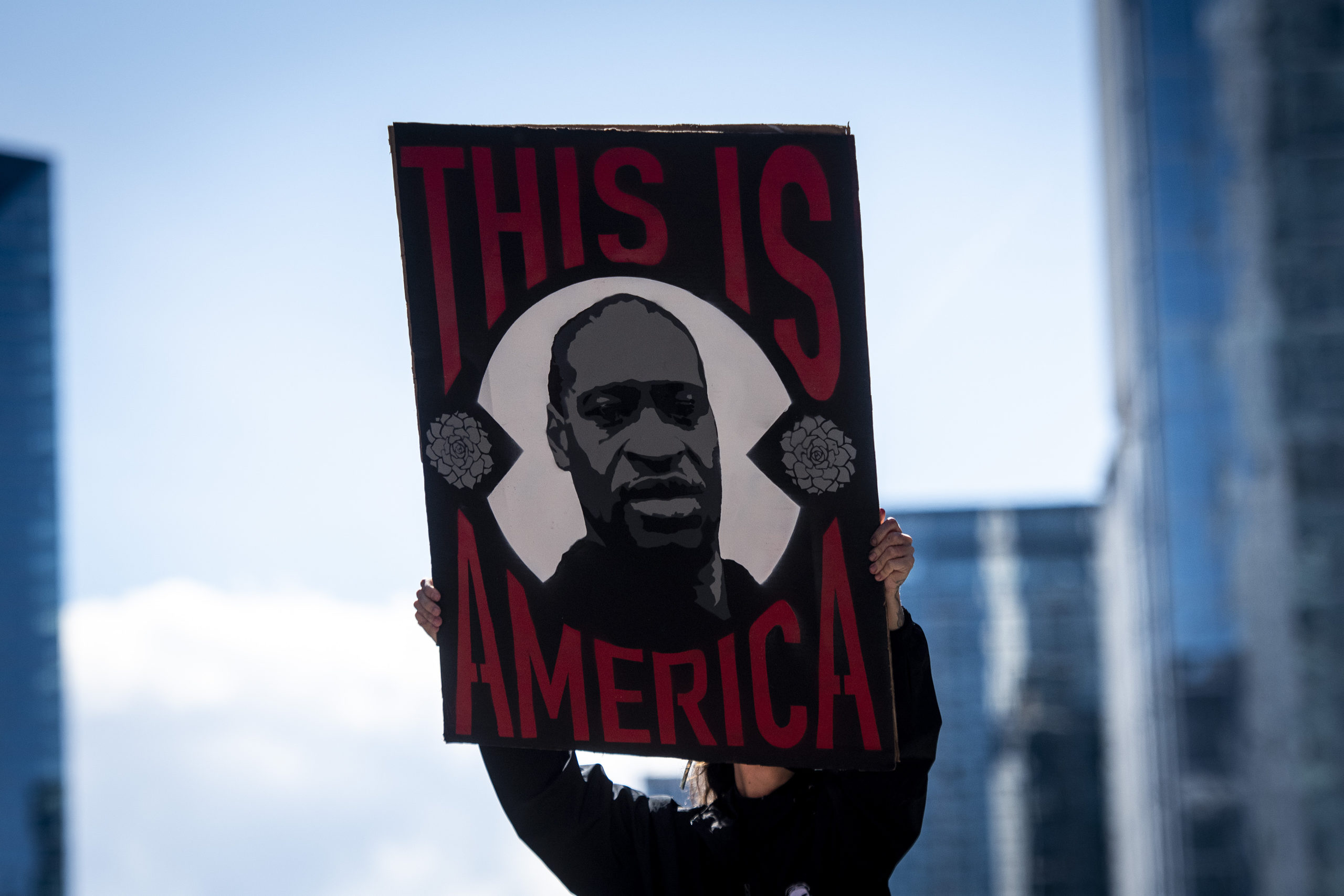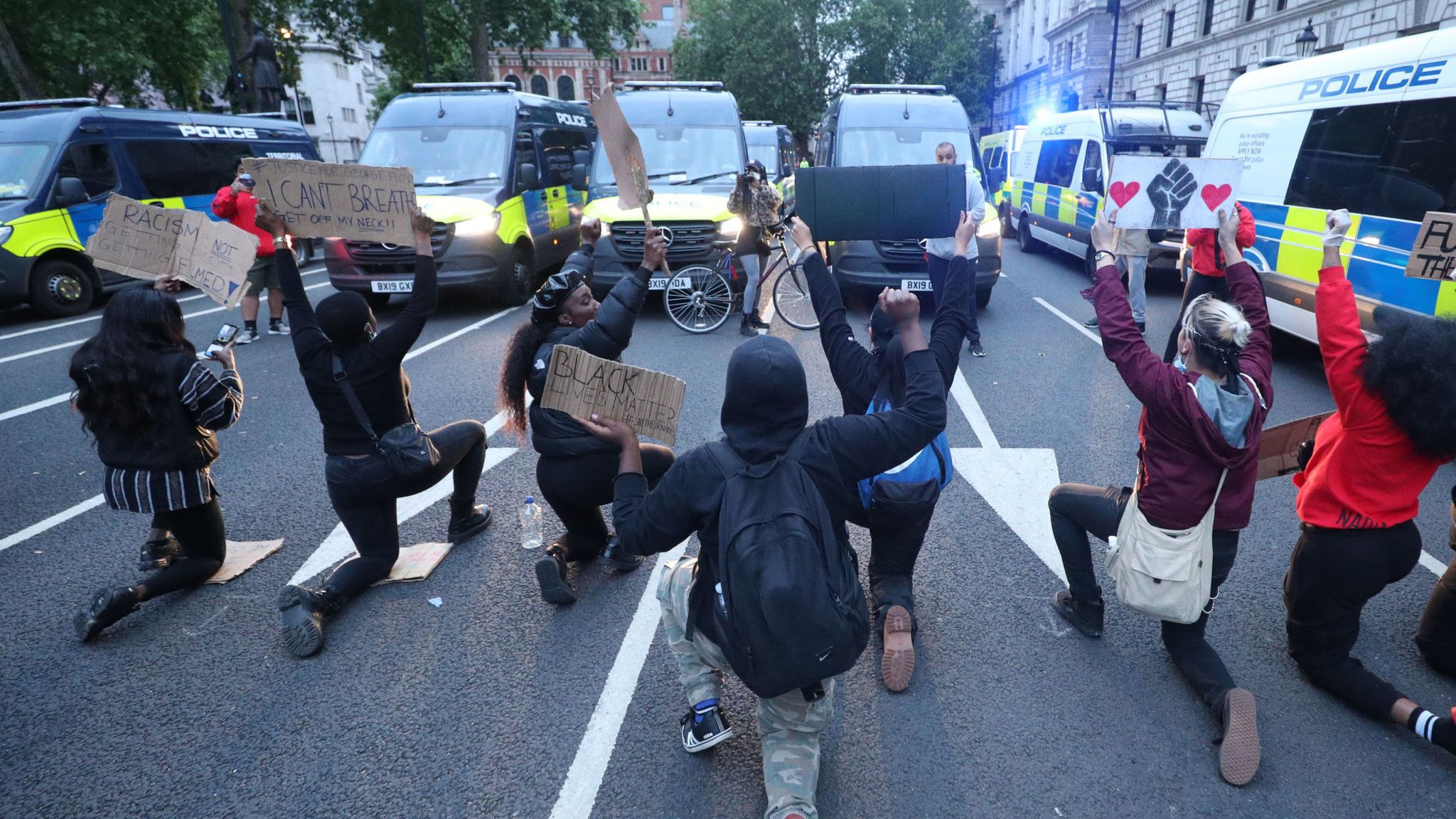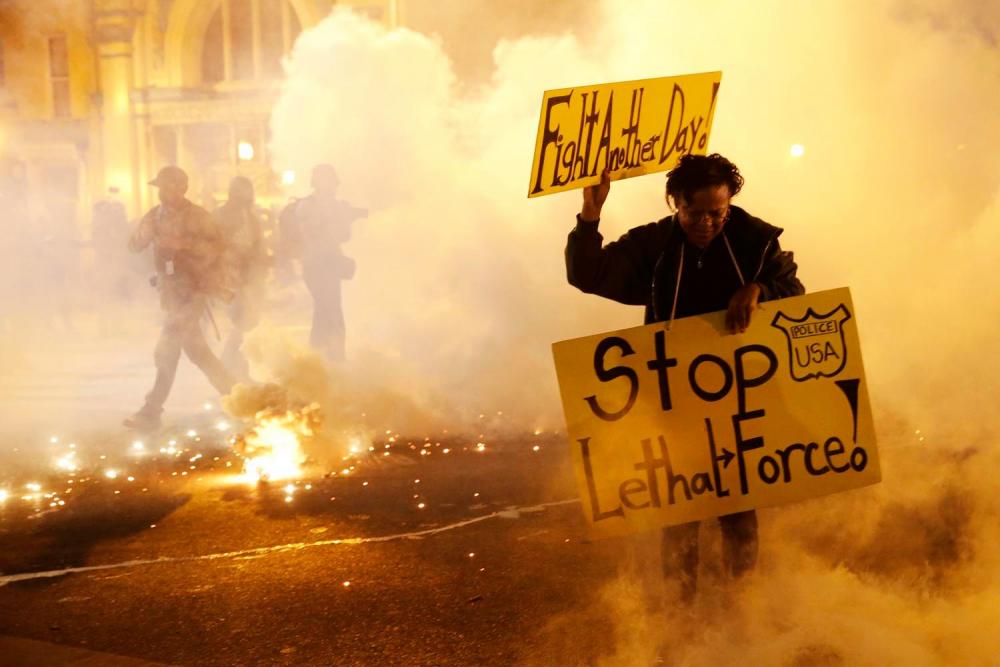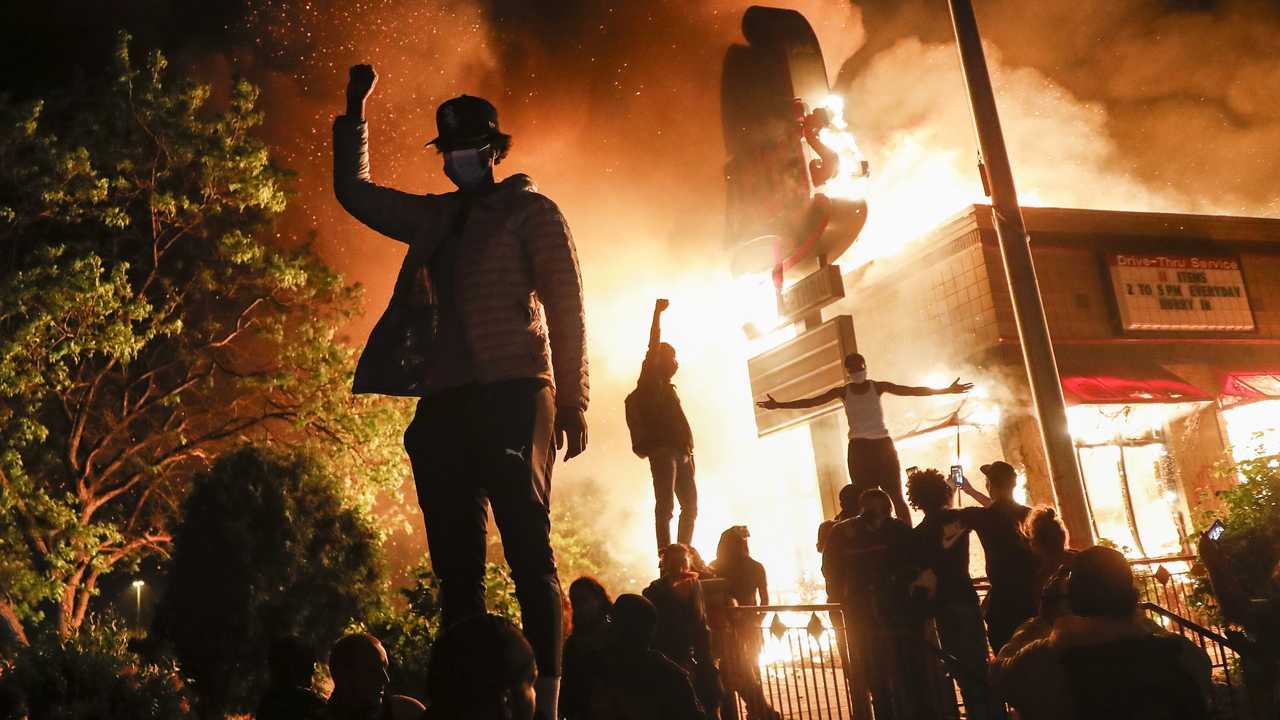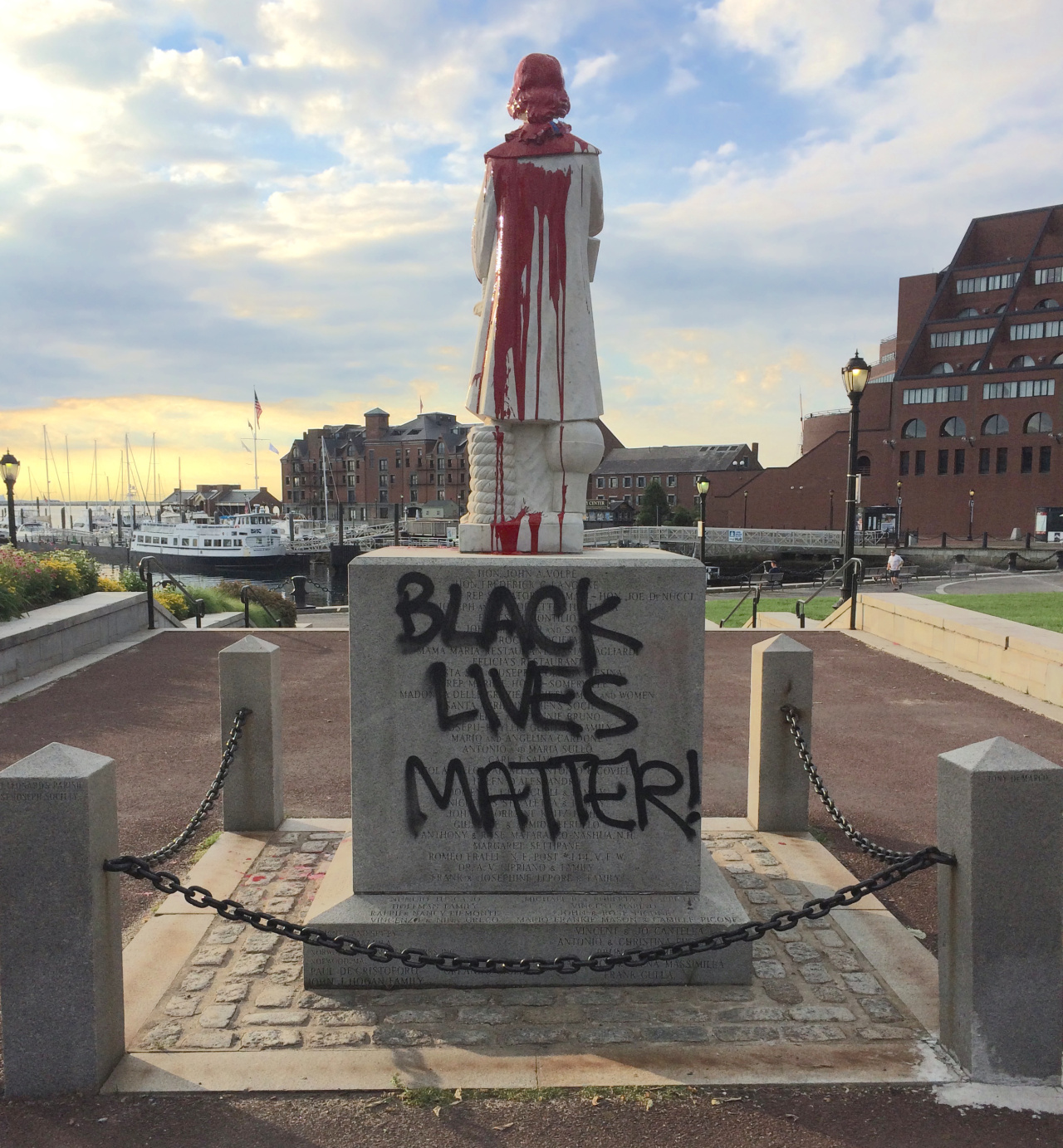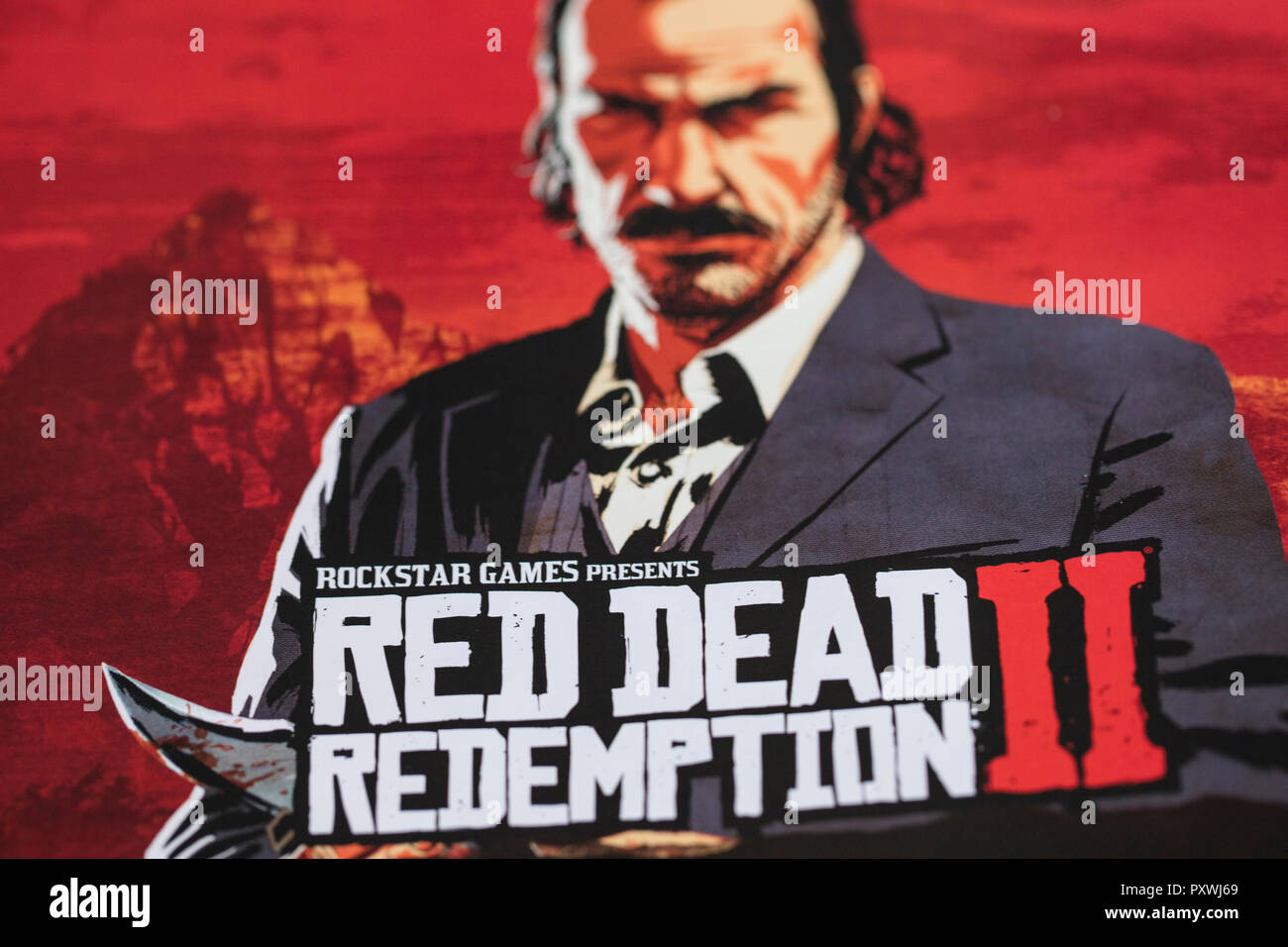mix of British and Jamaican music
britians first multi racial music
The video and song are part of a tradition of protest in popular music, in this case reflecting concern about the increased social tensions in the UK at the beginning of the 1980s. The song was number 1 post-Brixton and during the Handsworth and Toxteth riots.
The aesthetic of the music video, along with the lyrics, represents an unease about the state of the nation, one which is often linked to the politics of Thatcherism but transcends a specific political ideology in its eeriness, meaning that it has remained politically and culturally resonant.
two tone music was the trend
The representations in the music video are racially diverse. This reflects its musical genre of ska, a style which could be read politically in the context of a racially divided country. This representation of Britain’s emerging multiculturalism, is reinforced through the eclectic mix of stylistic influences in both the music and the video.
First Jamaican settlers who arrived in 1948 Brought a wave of musicians to the uk and Brough ska used by the specials which is lively.
mise en scene- dark and gloomy, very bland, little colour. the car looks like a hearse which could infer the environment is deathly dangerous or that the coffin leads to a deadly outside world at the time which leads to death at the protests. the people inside the cars are wearing full suits which is ominous and suggests death or the supernatural linked to ghosts which is pointed out in the name of the song
Cinematography: At the beginning they show loads of empty buildings and streets which is ominous and run with the theme of a ghost town. the camera shakes when there is a ghost like scream which suggests we should be afraid
or that the ghost is controlling the deathly car as they drive and steer frantically as if they are running or avoiding super natural beings. also when they drive through the tunnel the colours shapes and lines of the lights remind me of the ghosts that packman’s plays which of course was a popular game around the time of realest of the song. they also show the shadow of the car at a low point of the song to suggest they are currently safe from danger for the time being until the climax.
equilibrium begins in a deserted city with no one in the streets
the disruption is running into “supernatural beings” and having to avoid and drive from them
new equilibrium on the beach away from danger showing colour and the sea/ beach which is a positive and shows end and a peaceful resolution
suspense with the music going low waiting for a climax as they creep through a dangerous area

